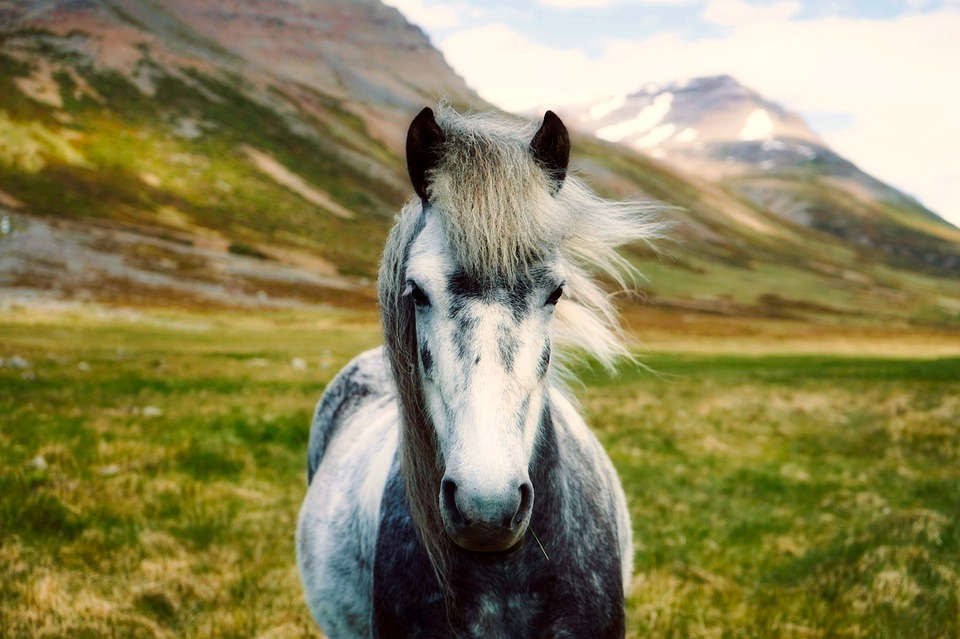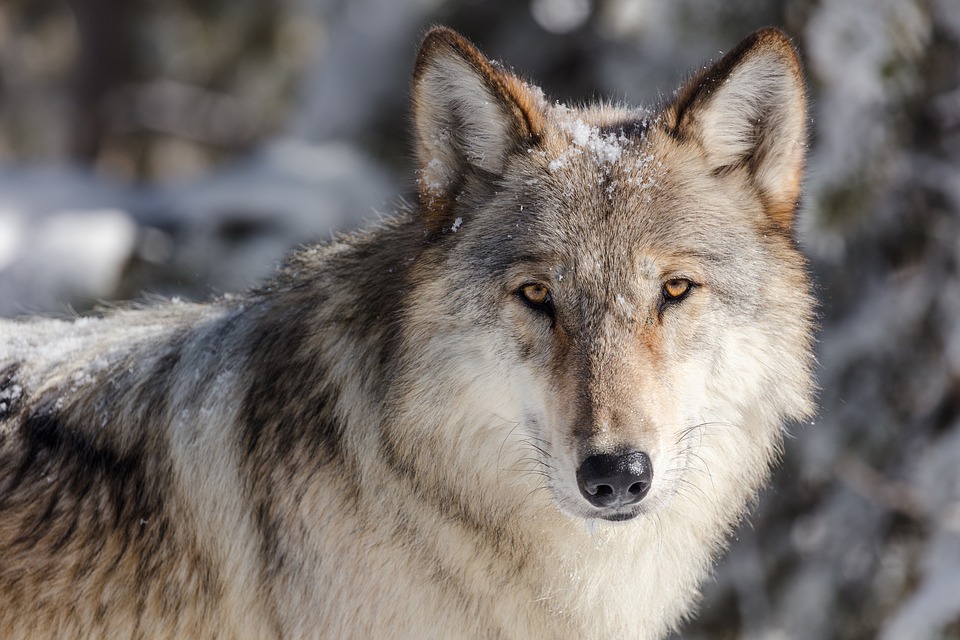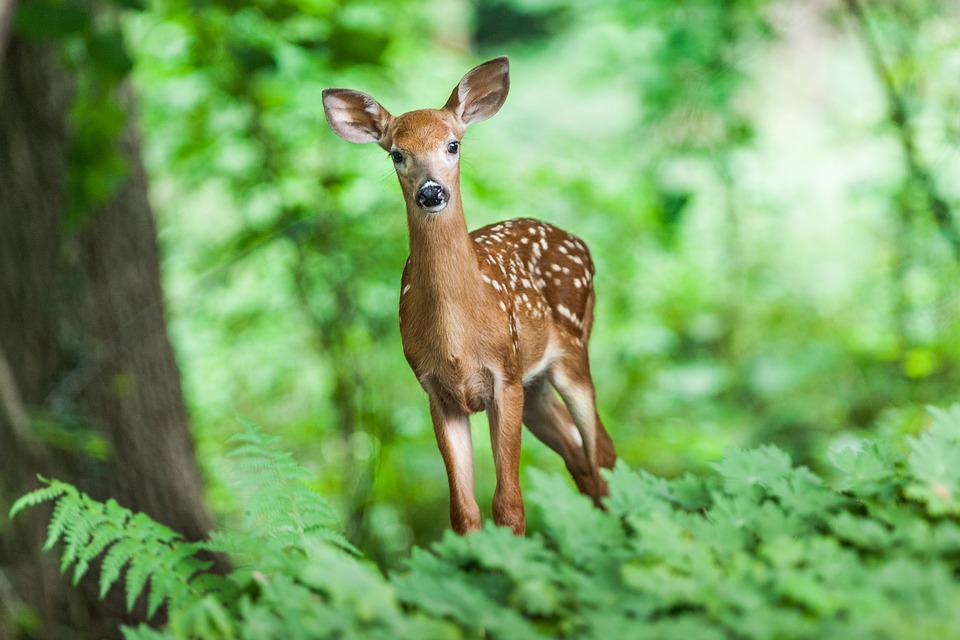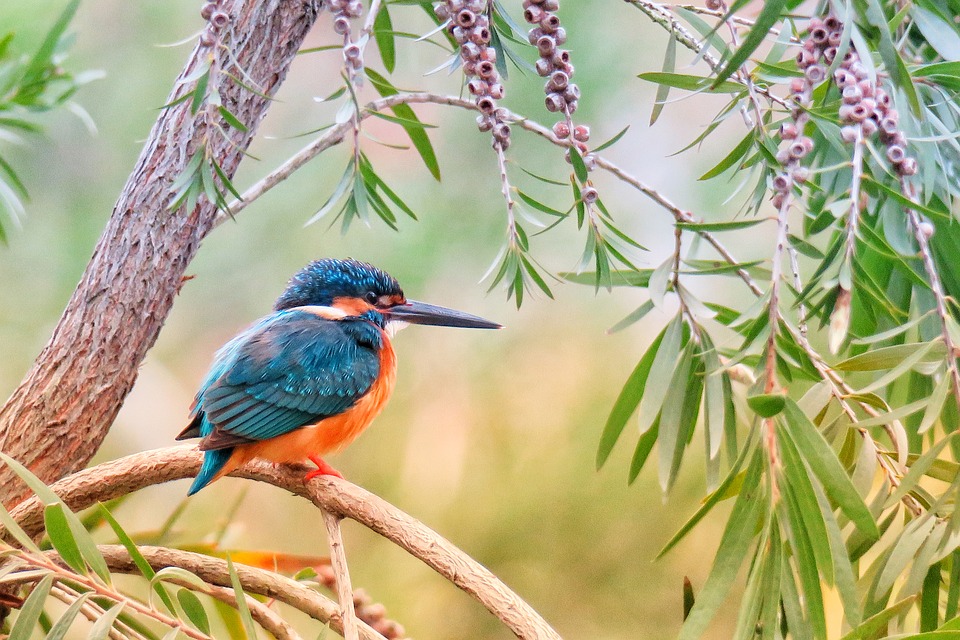
Photo by: 12019
Whether you are photographing birds in your own backyard or lions and elephant on safari –one thing is certain: patience is the name of the game when it comes to capturing amazing wildlife images.
Unlike other forms of photography, where you usually have time to reposition yourself or adjust your settings to create the image that you’re looking for –when it comes to wildlife photography, there’s a lot that’s out of your control. You can’t ask the animals to move, and repositioning yourself will usually frighten them away. Instead, there’s when it comes to shooting wildlife, you often only have one shot –so you’ll want to make it count!
While it certainly has its challenges though, shooting wildlife can also be tremendously rewarding –allowing you to create some unique and exciting images –just take a look at some of the amazing animal images that are featured in National Geographic! There’s something truly spectacular about a great wildlife image –especially when it showcases the animal in a way that gives you a glimpse into its world –allowing you to gain an insider’s perspective.
Aside from patience, there are a few other tools and techniques that you’ll want to use as well. With this in mind, here are a few tips for creating spectacular wildlife images.
Use a Longer Lens

Photo by: skeeze
When it comes to capturing wildlife images, a telephoto lens is usually your best option. A longer lens will enable you to keep some space between you and your subject, allowing you to capture them in their natural environment, in their element –doing what they normally do, without disturbing them, distracting them, or scaring them away. This is something that’s vital for smaller creatures and bigger animals as well, where keeping your distance is not only practical, but wise.
Turn Off the Flash
Of course, this should go without saying, but make sure you turn off your flash! A sudden burst of light will frighten the animal, and from the distance you’ll be shooting from, the flash won’t usually help much anyways. Instead, try adjusting your camera’s settings –a large aperture or slower shutter speed can help to allow more light in, without running the risk of scaring off the creature.
Be Cautious

Photo by: smarko
Wild animals are very intuitive. They can hear and smell you coming. To enhance your chances of seeing any wildlife, you will need to go stealthily. Many photographers wear camouflage to blend with their surroundings, and you may also consider wrapping your camera in fabric to help muffle the sounds of your camera’s shutter. While stealth mode is the way to go when it comes to smaller, more timid creatures, it’s important to keep safety in mind as well. When it comes to potentially dangerous animals, never sneak up on them, or attempt to photograph them from too close. A bear, for instance, that suddenly spots you shooting with your camera, could become spooked and suddenly charge. You’ll also want to keep seasonality in mind, and the animal’s habits and patterns. For instance, many creatures –such as deer tend to become more aggressive during certain times of the year, and you’ll want to plan your shoot accordingly.
Use a Fast Shutter Speed
Wild animals rarely hold still for long periods of time and as a result, most wildlife images can end up looking blurry or out of focus. To help combat this, it’s a good idea to shoot with a fast shutter speed whenever possible.
Depending on the available light and speed at which an animal is moving, you can photograph animals with shutter speeds of anywhere from 1/50 to 1/3200. As a general rule, still animals can be captured with speeds of 1/50 to 1/320, while walking animals may require speeds of 1/400 to 1/800 and running animals may require 1/1000 to 1/1250. Flying birds can be anywhere from 1/1600 to 1/3200.
Of course, you should keep in mind that shooting at fast speeds will require you to adjust your aperture and ISO accordingly in order to get the correct exposure. So be sure to take some test shots periodically to get the settings right –so you’re ready to take the shot when you get the opportunity.
Be Ready
To get the best shot possible, you should be ready to take your image as soon as the moment arrives. This means having your settings adjusted and ready to go. In some cases, like when photographing birds, it may be an idea to set up your shot and let the wildlife come to you. For birds, you could position yourself near a birdfeeder –composing your image so the background is ideal, and then waiting for a bird to arrive on your scene. For other animals, though, this could prove to be more tricky –unless of course, you’re familiar with the animal in question and its habits.
Look to Include Some Context

Photo by: EllenChan
When shooting wild animals, adding some of the natural surroundings can help to set the stage for your images, giving the viewer some information on the type of environment the animal is in. It can also help to make for a more varied, and interesting composition.
Get Closer

Photo by: 12019
While including some of the surrounding environment can be great, in some cases, it pays to get as close as possible –with your lens, that is! Zooming in on the animal’s eyes, for example, or part of the creature can help to draw out beautiful, minute details that could easily be overlooked.
Try to Familiarize Yourself With the Animal

Photo by: Alexas_Fotos
The more familiar you are with the animal you’re looking to photograph, and its habits, the better your images will be! While animals are often unpredictable, having an idea about the times that they are most active, where their habitat is, and what their habits are can help to increase your chances of seeing them. Additionally, even observing an animal for a few minutes, watching the way it moves, how it eats, and what it does can help you to better predict their actions, enabling you to better time your shots.
Photograph Your Surroundings
Finally, don’t go home emptyhanded! Even if no wildlife crosses your path, you can still capture some amazing landscape images. You are walking through the home of the animals you are trying to capture, so why not take some photographs while you are there? Look to create striking images with a strong focal point, great lighting, and excellent composition –even if there are no animals to be seen.
While photographing wildlife can be a challenge, there’s nothing quite like that rewarding feeling that you get when the animal happens to look up for a second, and you capture a successful image! With time and practice, and a whole lot of patience, you’ll be rewarded with your own spectacular images –ones that you’ll be pleased to call your own!
Do you enjoy photographing wildlife? What are your best tips for capturing amazing images?